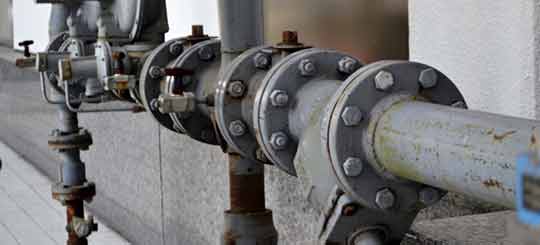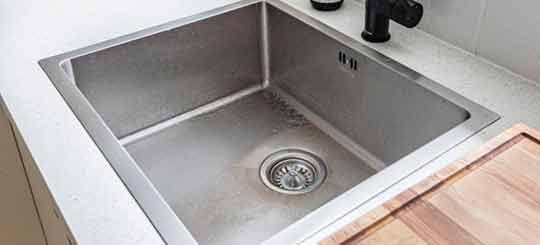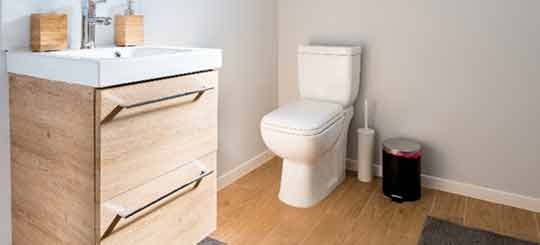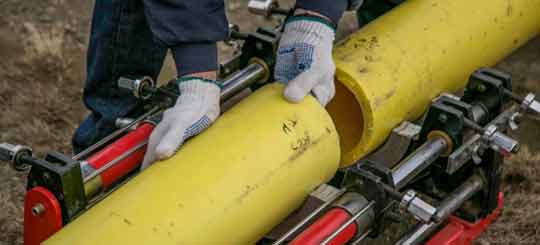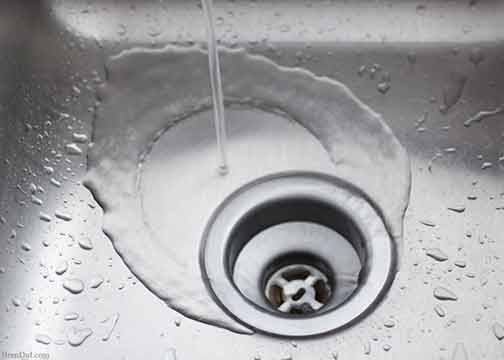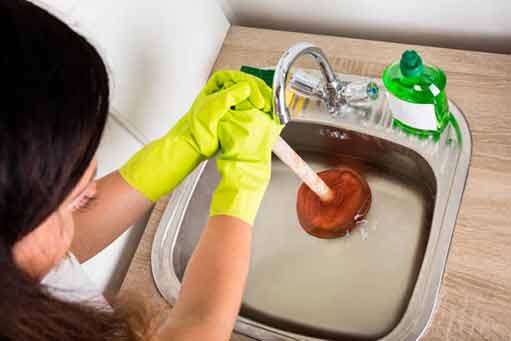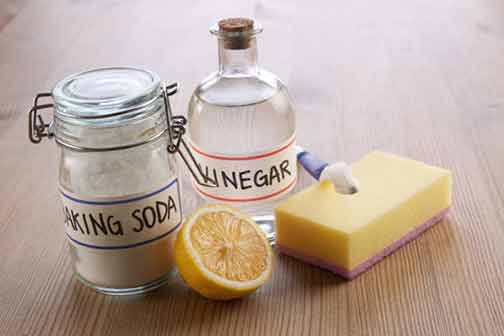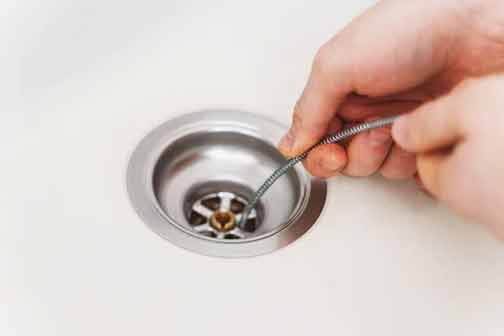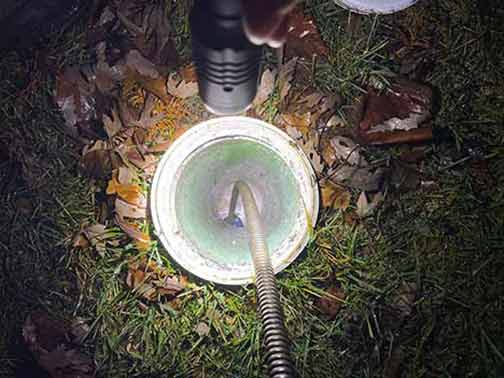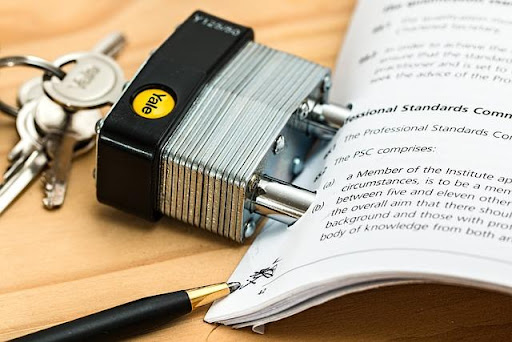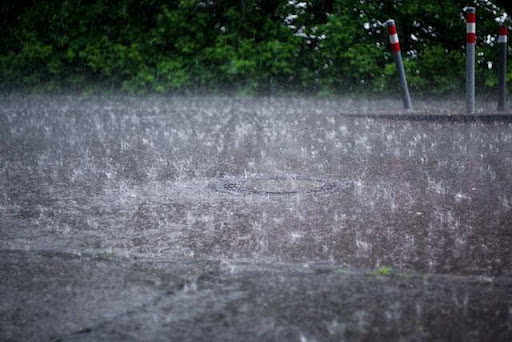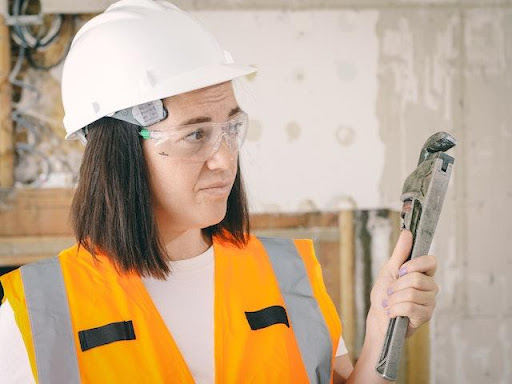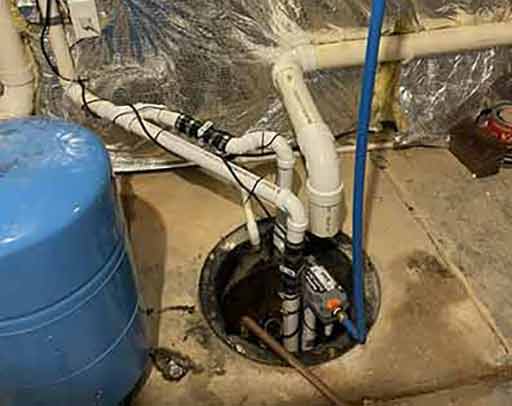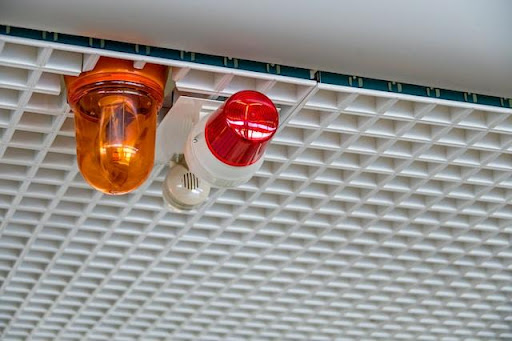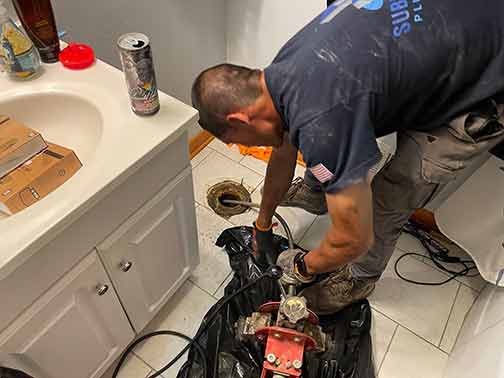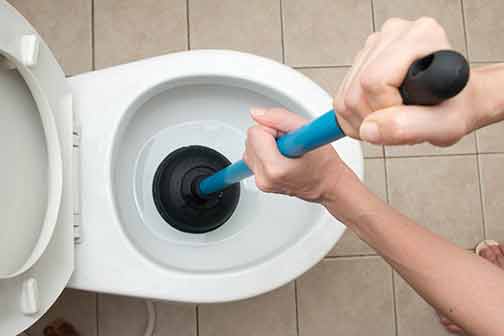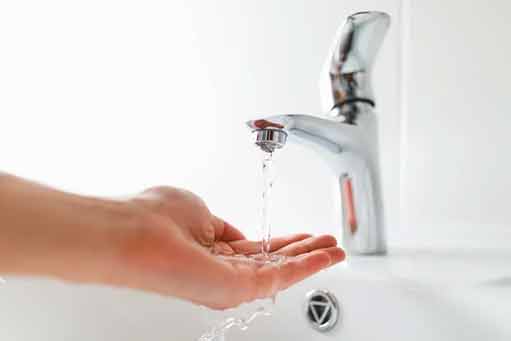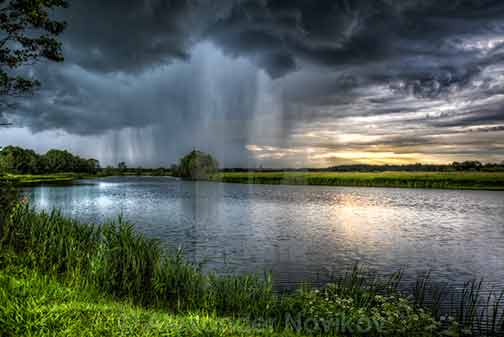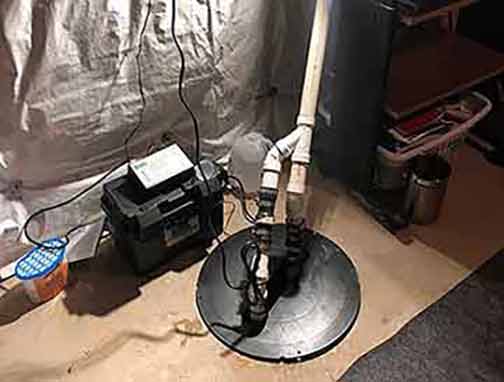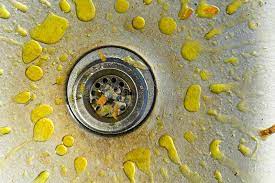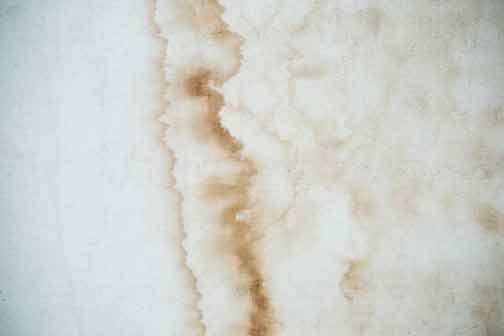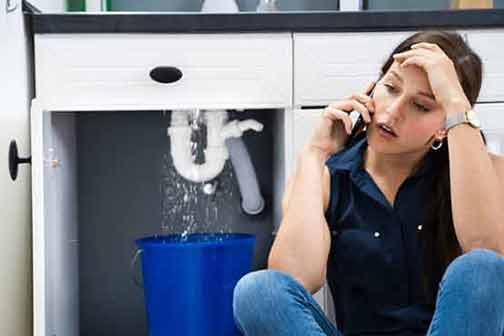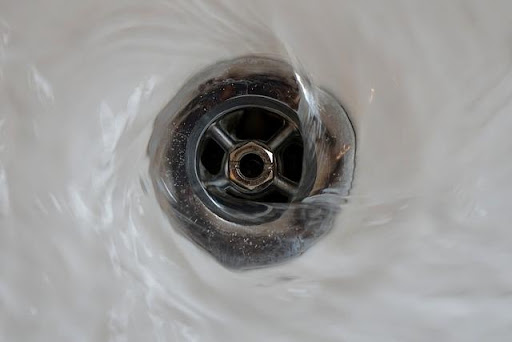
When it comes to plumbing issues, a clogged drain is one of the most common and frustrating problems that homeowners in Chicago face. Whether it is a slow draining sink or a completely blocked toilet, a clogged drain can disrupt your daily routine and cause inconvenience. If you are in need of reliable and affordable drain clearing services in Chicago, you can count on our team of experienced drain plumbers to provide you with quick and effective solutions.
At Chicago Plumbing Experts, we understand the importance of a properly functioning drain system in your home. Our team of dedicated drain cleaning plumbers is committed to delivering high-quality services that not only address the immediate issue but also help prevent future problems. We take pride in our work and strive to provide the best possible experience for our customers.
Why Choose Our Drain Cleaning Plumbers?
There are several reasons why you can confidently choose our drain plumbers for your drain clearing needs:
– Experience: Our team of drain cleaning plumbers has years of experience in dealing with a wide range of drain issues. They are equipped with the knowledge and skills to quickly identify the source of the problem and provide effective solutions. No matter how big or small the clog, our plumbers have the expertise to handle it.
– Advanced Tools and Techniques: We understand that outdated tools and techniques can only offer temporary solutions. That’s why we invest in state-of-the-art equipment and stay up-to-date with the latest advancements in the industry. This allows us to provide comprehensive drain clearing services that are not only efficient but also long lasting.
– Affordable Pricing: We believe that everyone should have access to reliable plumbing services without breaking the bank. Our professional drain clearing services are competitively priced, ensuring that you get the best value for your money. We also provide upfront pricing with no hidden costs or surprises, so you can trust us to be transparent about our charges.
– Fast and Reliable Response: We understand that drain emergencies can occur at any time, often causing great inconvenience. That’s why we offer reliable emergency plumbing services to ensure that our customers’ needs are met promptly. Our team of drain cleaning plumbers is dedicated to providing fast and reliable responses, minimizing the disruption caused by a clogged drain.
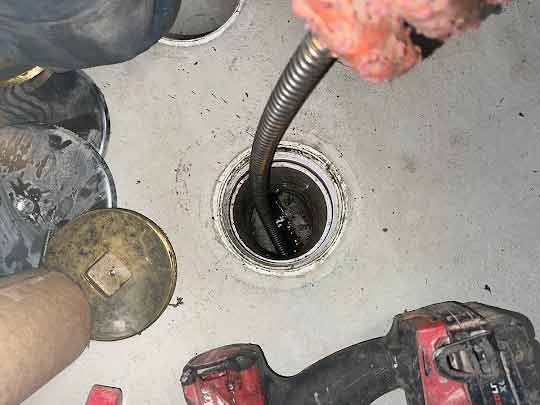
Whether it’s a kitchen sink, bathroom drain, or sewer line, our plumbers have the expertise to handle it all.
Our Drain Clearing Services
Our comprehensive drain clearing services cover a wide range of issues that can affect your drain system. Whether it’s a kitchen sink, bathroom drain, or sewer line, our plumbers have the expertise to handle it all. Here are some of the services we offer:
– Hydro Jetting: This highly effective technique uses high-pressure water to clear stubborn clogs and remove buildup from the inside of the pipes. A hydro jetting service is not only effective in clearing existing clogs but also helps prevent future blockages.
– Drain Snaking: Drain snaking involves using a flexible tool called a drain snake to break up and remove clogs. Our plumbers are skilled in using drain snakes to clear blockages safely and efficiently, ensuring the smooth flow of water through your drains.
– Video Camera Inspection: Sometimes, the cause of a drain problem is not immediately visible. In such cases, we use sewer video camera inspection to visually inspect the inside of the pipes for any signs of damage, blockages, or leaks. This allows us to accurately identify the problem and provide targeted solutions.
Contact Us for Affordable Drain Clearing Services in Chicago
If you are experiencing a clogged drain or any other drain-related issue, don’t wait for it to escalate further. Contact our team of drain cleaning plumbers at 773-599-9181 for fast and affordable drain clearing services in Chicago. We are committed to resolving your drain problems efficiently and restoring the proper functioning of your drain system. Count on our experienced plumbers to deliver reliable solutions that meet your needs and exceed your expectations. Don’t let a clogged drain disrupt your daily routine – get in touch with us today!


